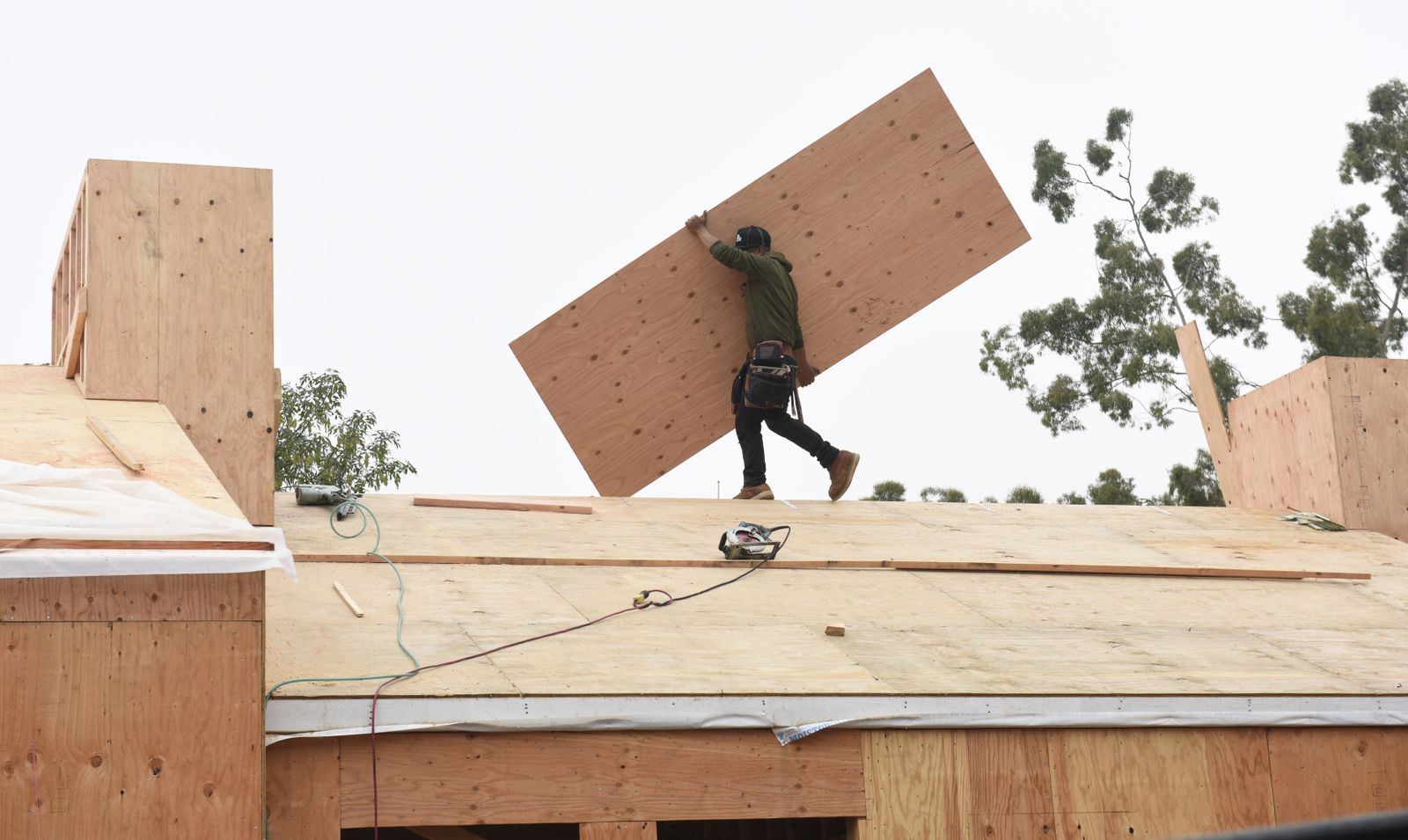Santa Barbara County Lays Bare How It Hopes to Meet State Housing Quota
County Considers Rezoning Magnolia Shopping Center for Future Housing in Latest Housing Element Draft

The County of Santa Barbara released its Draft 2023-2031 Housing Element Update for a 30-day public review period, laying out its plan to provide for a state-mandated 5,664 housing units in unincorporated areas of the county over the next eight years. The draft includes an overview of the properties that will likely be rezoned to account for those units — including, it was recently revealed, Magnolia Shopping Center.
This will be the sixth housing element cycle in which the state requires each regional jurisdiction to build enough units to meet its housing needs, but this cycle brings a new set of challenges that made the planning process more difficult than previous cycles, and ultimately will force the county to miss the state’s deadline for certification by February 15.
“It has been really challenging,” said Lisa Plowman, the county’s director of planning and development. “The process has gotten substantially more complicated than before, and that’s why so many jurisdictions are missing that deadline.”
In this cycle, the state’s Regional Housing Needs Allocation (RHNA, pronounced “reena”) of 5,664 units is more than eight times higher than the previous cycle, and for the first time ever, the California Department of Housing and Community Development (HCD) and Santa Barbara County Association of Governments (SBCAG) dictated exactly how those units were to be distributed: 4,142 must be on the South Coast, and 1,522 must be in North County.
County planners have been working on the plan since the RHNA numbers were first released in July 2021, Plowman said. In November 2022, the county released an interactive map showing areas that were being explored for rezoning to build housing.
The map caused some concerns among community members in Carpinteria and Goleta, where the bulk of the properties being considered for development were centered. During a community workshop, county officials were slammed with questions about replacing agriculture with housing, and concerned residents asked why areas like Hope Ranch and Montecito were conspicuously left out of plans for rezoning.
For the most part, Plowman said, the county looked everywhere for properties that would be candidates for more housing. But all of the properties included in the county’s interactive map were parcels in which the property owners themselves had expressed interest in redevelopment, and property owners in Montecito and Summerland were unwilling to offer up their land for more densely packed housing.
Problems with the infrastructure or other environmental concerns ruled out properties for other sites. In previous cycles, local jurisdictions could include properties in their housing element plans “on paper” with no intention of actually developing them. Now, state officials have tightened up their process, and cities and counties across the state have been sent back to the drawing board, with many missing their deadlines and exposing themselves to a virtually unrestricted form of development known as “the builder’s remedy.”
“The state is very particular about which sites are included,” Plowman said. “They have been grilling jurisdictions.”
Sign up for Indy Today to receive fresh news from Independent.com, in your inbox, every morning.
Hope Ranch is one of those sites that was left out. Due to its location on top of one of the biggest septic clusters in the area, the state would likely shoot down any plan to build dense housing on that land, Plowman said.
“What we did was try to make sure every site is viable,” she said. “Our goal in this draft was to do as complete a draft as possible.”
The public draft includes several agricultural sites that will likely be rezoned for housing in the next eight years, including up to 1,536 units at Glen Annie Golf Club, 821 units at San Marcos Growers, and two Van Wingerden family properties near Carpinteria. The newest addition to the list since the map was first released is Magnolia Shopping Center on Hollister Avenue, which was added after the property owner expressed interest in development.
With all of the sites included, the county is planning on meeting the state’s RHNA allocation plus an added 15 percent buffer for some added wiggle room, should any of the proposed rezones fall through. In total, the county has identified 1,677 units in the North County, and 4,563 in the South Coast.
Now, Plowman said, the focus is on getting these units built, especially those in the low- and very-low-income markets, which the county has struggled to build over the past few cycles.
“This is a decades-old problem; this didn’t start yesterday,” she said. “Almost 60 percent of our population are low-income renters.”
If the county does not meet the RHNA for low-income (1,200 units) and very-low-income (1,373 units) production in the next cycle, it could fall under State Bill 35, which essentially grants developers a free pass to build multi-family residential housing.
After the 30-day public review, the county will submit its updated draft to the state for comments — which can take up to 90 days — before it can officially certify its housing element, which could leave the county without a certified housing element from February 15 until the plan is officially adopted, which Plowman said could be in late summer or early fall. Additionally, all sites included in the plan must be rezoned before February 15, 2024.
To view the entire Housing Element document and leave comments, visit the county website. Comments will be accepted over the next month and will close on March 1.
Support the Santa Barbara Independent through a long-term or a single contribution.



